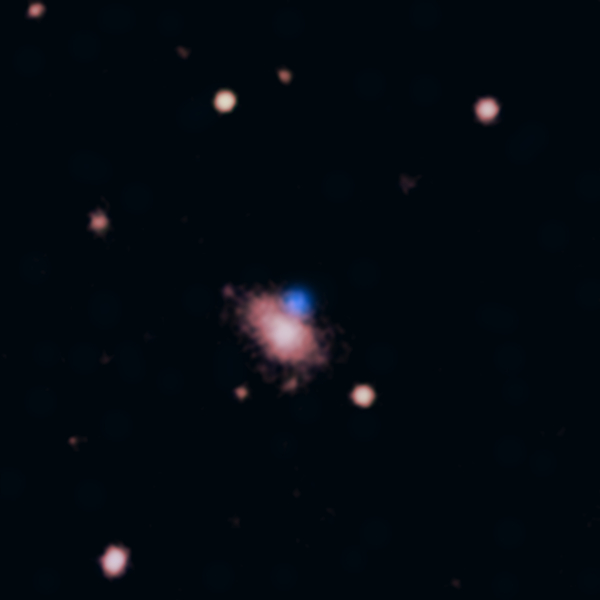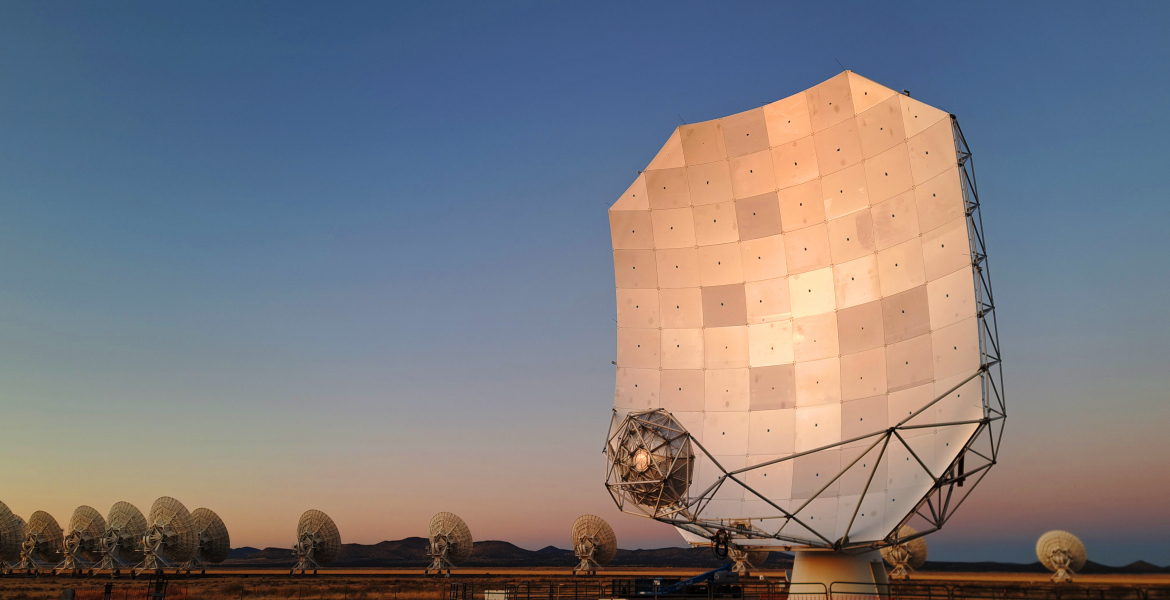AUI will present at the 247th meeting of the American Astronomical Society in Phoenix from January 4-8.


Dec 17, 2025
AUI will present at the 247th meeting of the American Astronomical Society in Phoenix from January 4-8.

Dec 16, 2025
Astronomers have used the Atacama Large Millimeter/submillimeter Array (ALMA) together with a suite of space- and ground-based telescopes, to study AT 2024wpp, the most luminous fast blue optical transient (LFBOT) ever observed.

Dec 15, 2025
Astronomers using the U.S. National Science Foundation Very Large Array have captured the first-ever radio signals from a rare class of stellar explosion known as a Type Ibn supernova.

Nov 14, 2025
The U.S. National Science Foundation National Radio Astronomy Observatory (NSF NRAO), in partnership with several leading Mexican universities and research institutes, has announced a series of landmark agreements and meetings aimed at advancing Mexico’s role in the Next Generation Very Large Array (ngVLA) project.